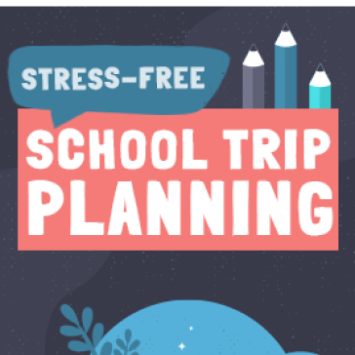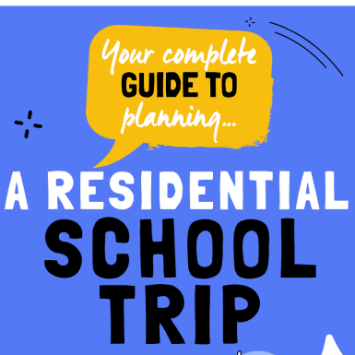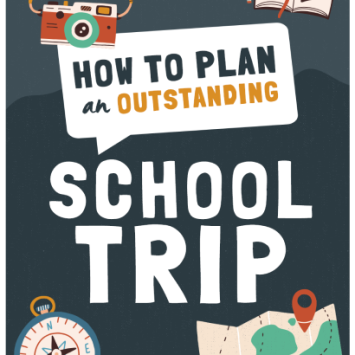Plan the best trip ever!
Learn how to plan and organise a brilliant school trip, whether you're thinking about a week abroad or a day at your local museum. These expert hints and tips from leading experts will help you take the stress out of school trip planning.
CPD Downloads
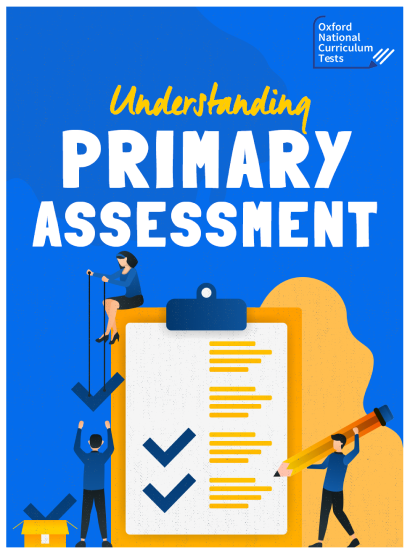
Make sure your assessment is effective with these expert insights

Professor Mike Askew provides advice around three areas of primary mathematics to help you become a better teacher
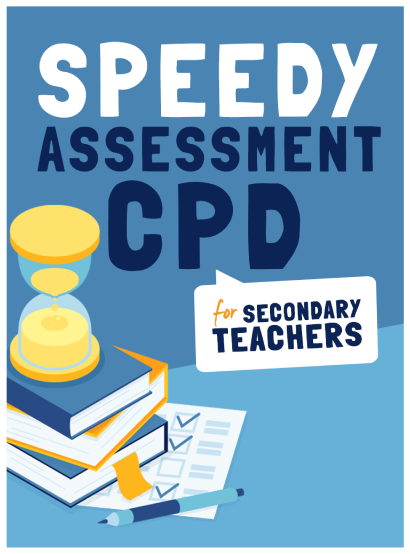
Education experts David Didau, Daisy Christodoulou and Emma McCrea are here to help you improve your assessment methods
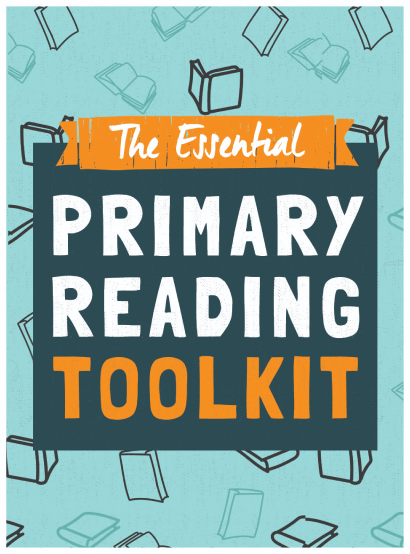
Discover creative lesson activities and innovative teaching practices in this CPD box set full of ideas for boosting reading ... more

This eight-part series will give you practical suggestions for helping autistic children – during Autism Acceptance Week an... more

From engaging Year 7s in science to seeing secondary students through their GCSEs, our experts are here to guide you
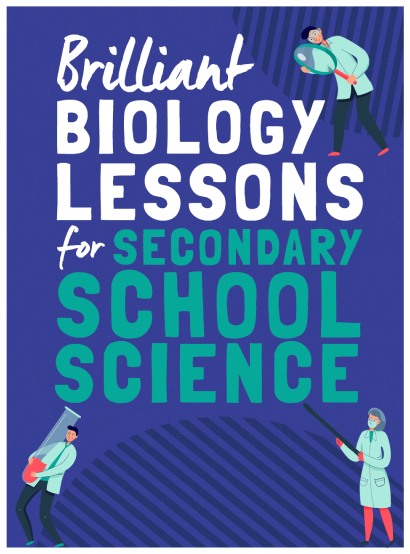
Learn about bugs, biodiversity and topics high on the teen agenda such as sugar and sleep, with these activities from Dr Joan... more

Help students prepare for the careers of the future by getting them hooked on STEM subjects. Here’s how
Upcoming Events
- Jul 12, 16:30 - 18:00 GMT
- St Anne's Parish Centre, West Buxton
Join Bard Education for a fun and interactive event where you can learn all about the art of storytelling and poetry. The event will feature interactive workshops, engaging discussions... more
- Aug 13, 10:00 - 15:30 GMT
- Swanwick Lakes Nature Reserve, Hampshire
This refresher day has been organised for anyone delivering or assisting with Forest School who wants to practise or update their practical skills.
- Aug 14, 8:00 - Aug 7, 10:00 GMT
The monthly London EduNetwork is a place for educators, EdTech startups, trainers and academics to exchange ideas and shape the future of learning.
- Aug 19, 10:00 - 12:00 GMT
- Wheatfield Primary and Nursery School, Belfast
This in-person event will provide valuable insights and strategies for working with individuals facing many different language development challenges.




